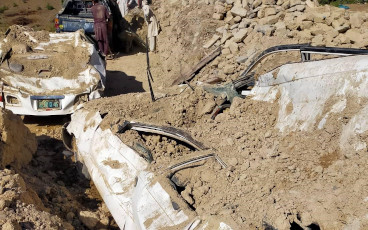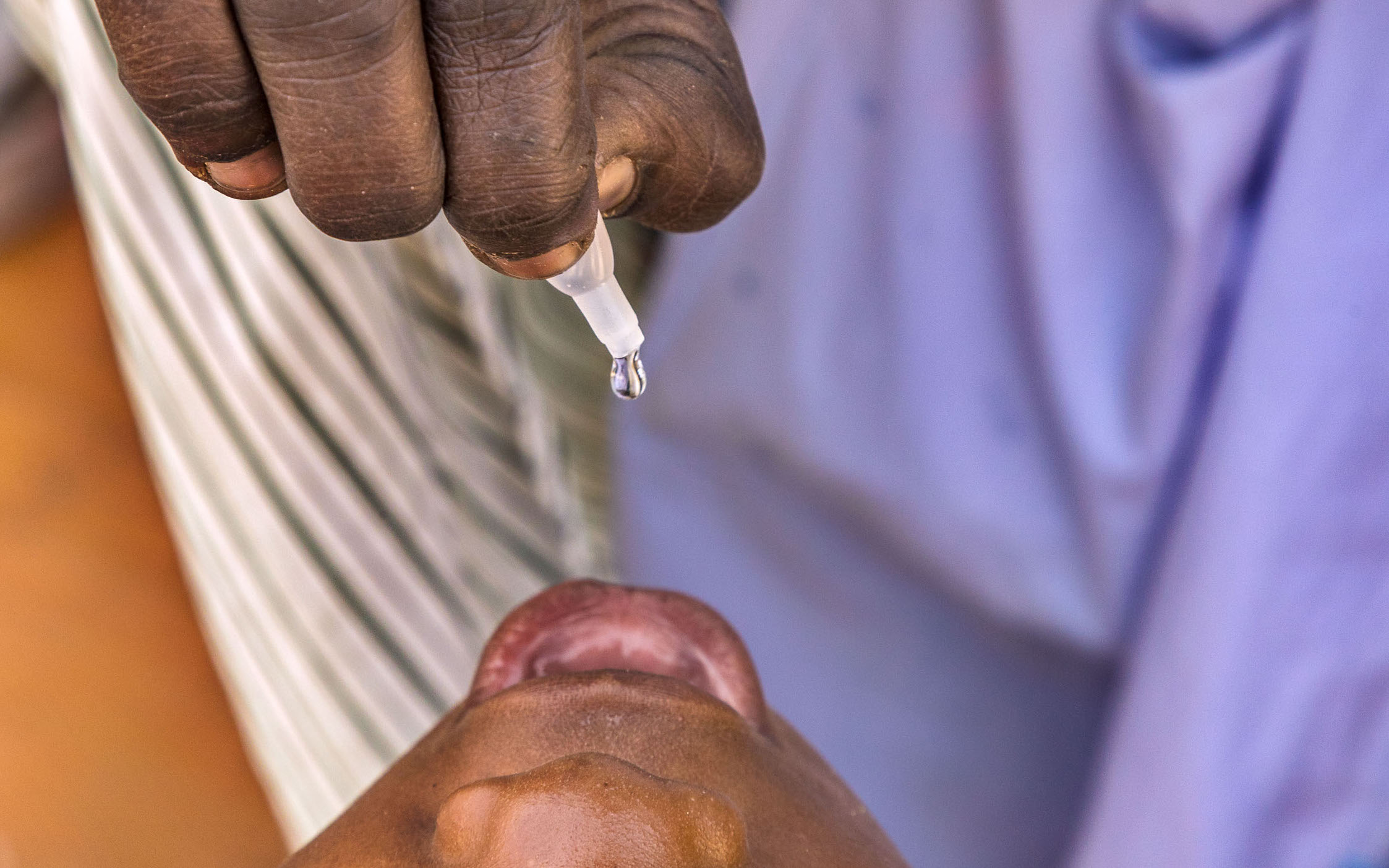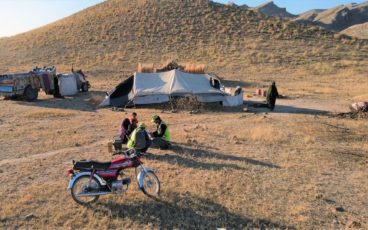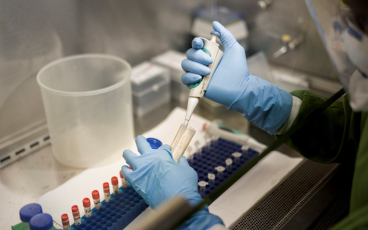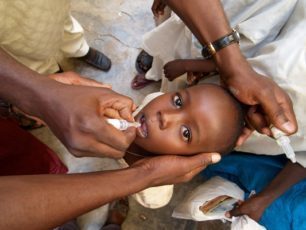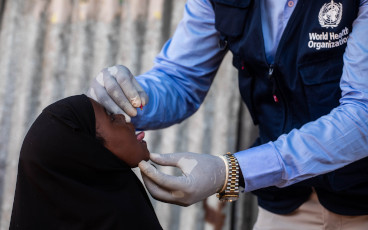Finishing What He Started
April marks the 60th anniversary of the announcement that Jonas Salk’s inactivated polio vaccine (IPV) was safe and effective; his work is playing a more important role than ever in securing a polio-free future
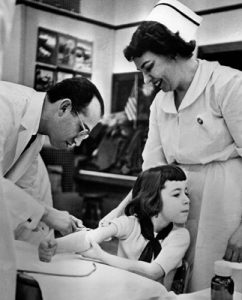
© WHO
Some moments in history carry a greater significance than others. Sixty years ago on the 12th of April, a vaccine developed by Jonas Salk proved to be safe and effective in protecting children against polio. This gave the world one of the critical tools needed to begin the fight against the crippling disease. Since then, the polio programme has been one of the most successful public health programmes in history, reducing polio cases reduced by 99%. Now, the final 1% is tantalizingly within reach. As we commemorate Jonas Salk’s remarkable achievement, the vaccine that began this journey – the inactivated polio vaccine (IPV) – is playing an important role in the final steps towards eradication, and ensuring that the virus will never be able to return.
An incurable threat
For thousands of years, polio was a leading cause of disability, arriving without warning and causing lifelong paralysis. Against the backdrop of increasingly devastating outbreaks in the United States, Jonas Salk was born in 1914. In 1916 alone, over 27 000 people were paralyzed and 6 000 killed in America.
In 1928, with ever-higher numbers of cases, iron lungs were introduced to help patients breathe, keeping many alive who would have died only years before. Yet, in many cases, this restricted otherwise healthy people to a life of reliance on these machines.
The discovery that changed the world
In 1908, Dr Karl Landsteiner discovered that polio is caused by a virus. This marked the start of several decades during which understanding of the disease began to grow, setting the stage for scientists to begin to work on a way to prevent it.
At the New York University School of Medicine in 1938, Dr Jonas Salk began to work on an influenza vaccine. Here he learned techniques that would later enabled him to develop the inactivated polio vaccine at the virus research program he launched at the University of Pittsburgh in 1947.
By 1952, Salk and his colleagues announced that they had developed an injectable vaccine against polio. Following small trials in the Pittsburgh area of the United States, Canada, the US and Finland launched trials on an unprecedented scale, involving 1.8 million children. Finally, in April 1955, Salk’s vaccine was declared “safe, effective and potent.” By 1957, cases in America had dropped by almost 90%, and by 1979, stopped altogether.
With the development of the oral polio vaccine (OPV) by Dr Albert Sabin in 1961, the world was given the tools to both stop outbreaks, and strengthen and build immunity to ensure that children could grow up without the threat of polio.
A global focus
Despite the dramatic impact of the vaccine in America, polio continued to affect some 350,000 people in 125 countries around the world. In 1988, driven by Rotary International who had become crucial advocates in the fight against polio, the World Health Organization, UNICEF, and the U.S. Centers for Disease Control and Prevention joined Rotary to launch the Global Polio Eradication Initiative (GPEI).
Since then, the GPEI has supported governments to end transmission of polio globally. The combination of the oral polio vaccine and IPV led to the eradication of polio in the Americas, in the Western Pacific, and Europe. With the declaration of the WHO’s South-East Asia Region as polio-free in 2014, 80% of the world’s populations now live in polio-free regions – a public health milestone that was unimaginable when Salk first began his work on vaccines.
The role of the inactivated polio vaccine today
Now, on 12 April 2015, as we celebrate the 60th anniversary of the introduction of Salk’s IPV we are reminded of more than 10 million people walking today who would otherwise have been paralyzed by polio.
In the past six months, just two countries have reported cases of wild poliovirus: Afghanistan and Pakistan. As a polio-free world comes into sharper focus, Salk’s vaccine is once again demonstrating its importance. In 2015, 120 countries are introducing his IPV into their routine immunization systems (some countries, like Nigeria, already have). With the phased removal of OPV crucial in order to completely eradicate all polioviruses, reaching all children with IPV will be essential in securing the gains made against polio for future generations.


